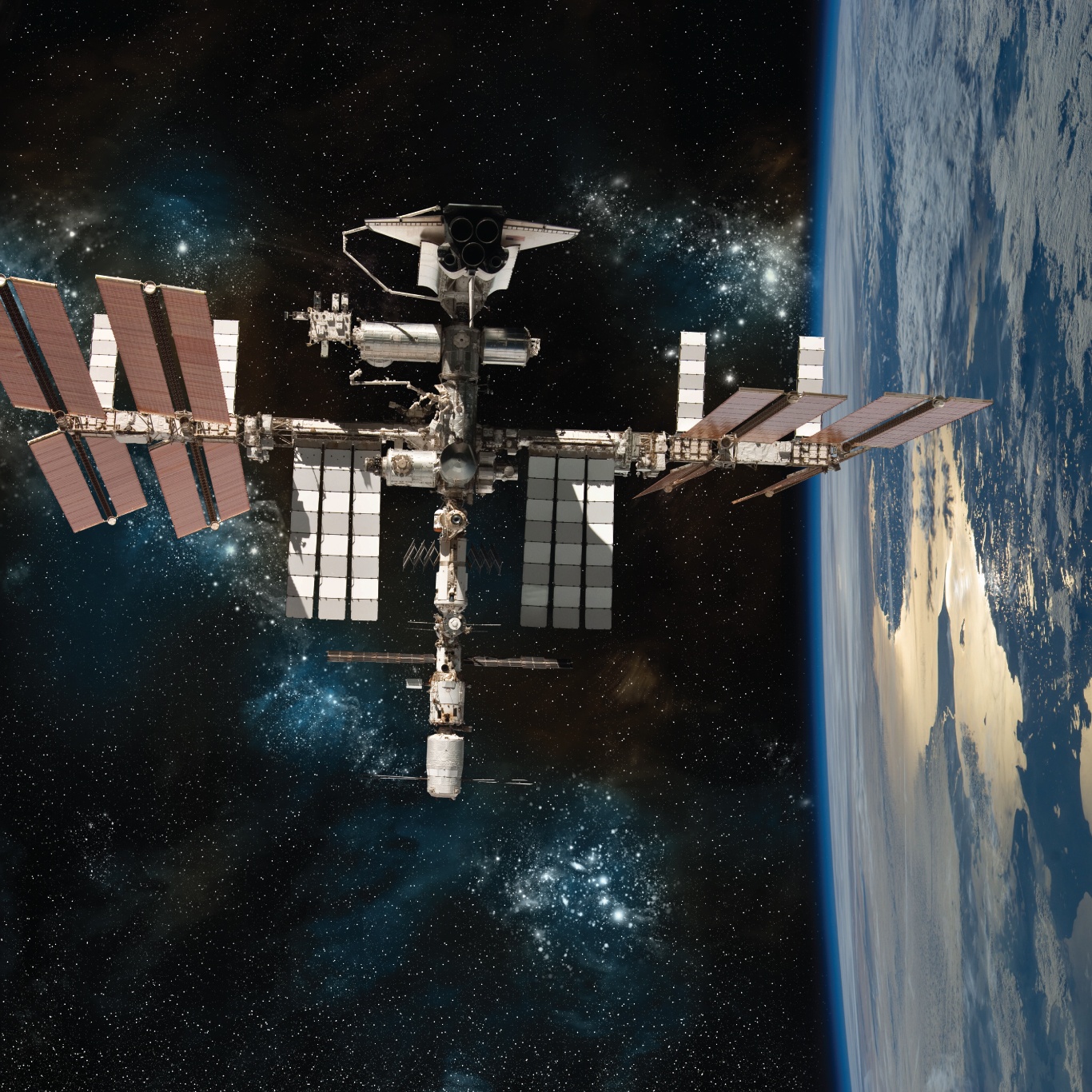Even though 2020 was a challenging year for so many reasons, space exploration continued to reach new heights. SpaceX launched their first astronaut mission, the Perseverance rover was sent to Mars to seek signs of ancient life, NASA’s OSIRIS-REx probe successfully collected material from asteroid Bennu, and many more historic discoveries happened! The launch schedule for 2021 isn’t short either! Not to mention the most recent launch to space Jeff Bezos took in his rocket ship, New Shepard, which is designed to serve the market for space tourism.
There’s so much more to uncover about what’s above and around us, but we’ll save that for another blog. First, we have to figure out how we even get out there.
So, how do these probes, rovers, satellites – you name it – launch into space?
 It Is Rocket Science
It Is Rocket Science
3 . . . 2 . . . 1 . . . Liftoff!
Those are the magic words that help push rockets off the ground, right?!
Well, not quite. We first need to understand the science, technology, engineering, and math that all take place in launching a rocket. Let’s start from the beginning.
More than seven centuries ago with the invention of gunpowder in China and with the help of controlled explosions, we have been able to send objects into the sky. We mostly picture these objects as tall, thin, round vehicles that we call rockets. However, a rocket is actually the engine that propels the vehicle. Rockets have taken on many roles such as fireworks, signal flares, weapons of war, and, of course, vehicles for space exploration.
How do these rockets work?
Whenever you watch a video of a rocket taking off, it seems to move forward by pushing against the air, but that’s not the case because after it’s in space, there’s no air for it to push against. Instead, rockets take advantage of momentum, aka Newton’s third law of motion, in that when two objects collide, they exert equal and opposite forces on each other.
Imagine standing on a skateboard and throwing a ball forward. You and the skateboard will roll opposite of the direction of the ball. The faster you throw the ball, the faster you’ll roll backward. Rockets work the same way.
When a rocket is firing into space, it pushes hot exhaust out of its back end at very high speeds, creating a lot of momentum. Consequently, the rocket moves in the opposite direction of the exhaust with the same amount of force. But how much force is actually needed? A TON! Actually, 3,600 tons (7.2 million pounds) are needed to escape Earth’s gravitational pull.

To make the exhaust for this much force, rockets burn fuel in their engine. As opposed to an airplane jet engine, a rocket engine doesn’t need air to work since it’s in the vacuum of space. Therefore, a rocket engine is able to carry everything it needs – both the fuel and its own oxygen supply.
Rocket’s Impact on our World
The first rocket that was launched into space was the satellite Sputnik in 1957 during the space race between the US and the Soviet Union. This race essentially built the modern technological world we know, and without these advancements, our life would be unimaginable. Check out some of these “spin-off” technologies that are a result of space research and development that we use every day.
Learn more about the space race – “Launch your learning to the Moon: The universe of STEM”
Rockets have sent robots, animals, people, and even pizza to places we never explored before. They have also launched many satellites and placed them in our Earth’s orbit to do jobs such as:
- Send television signals.
- Provide broadband communications.
- Report weather data.
- Locate signals using satellite-based navigation systems (GPS).
- Research climate change.
- Monitor ocean and wind currents, forest fires, oil spills, and airborne pollution.
Who knows what the future holds for rockets? But one thing is for certain: if rockets got us this far, they will take us even farther soon!
Launch Fun for Your Students
Now that you are almost a rocket scientist, it’s time to put your knowledge to the test. At Pitsco, we do not shy away from rockets and aerospace – we encourage it! I mean, what is better than designing, building, and launching your own rocket?!

Bring rockets into your classroom, backyard, or wherever your learning space is. Check out some of these fueled-up, fun rockets:
Find more space exploration STEM activities at NASA!
Additional reading:
”Are we there yet? An out-of-this world look at a common question.”
“The water bottle rocket project: The pursuit of cognitive abilities”
Sources:
“Rockets and rocket launches, explained”
“Space rockets”
“What are satellites used for?”








